Off-flavors fully removed from fish skin and muscles within 10 days, scientists confirm
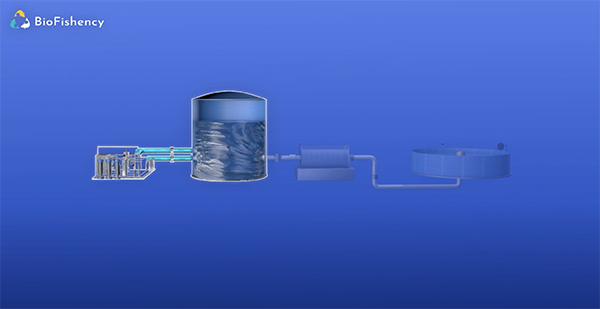
BioFishency, a leading provider of electro-chemical and biological water treatment solutions for recirculated aquaculture systems (RAS), has launched the first-ever Methyl-Isoborneol (MIB) and geosmin removal from water and fish tissues, eliminating off-flavors in trout.
BioFishency, in collaboration with the Technion – Israel Institute of Technology, performed multiple tests to determine BioFishency ELX™ system’s removal of MIB and geosmin, the sources of off-flavors. Testing at BioFishency’s R&D RAS facility confirmed the world’s first-ever removal of MIB and geosmin in fish while feeding and maintaining fish growth.
An advanced Electro-Chemical Water Treatment system, BioFishency ELX outpowers biological RAS, all in a fully controlled environment, while eliminating off-flavors. Ideal for cold and warm water species, the multi-stage, single-cycle solution transforms ammonia to nitrogen gas, supports a small carbon footprint, requires less space and energy and operates immediately on power-up.
“Off-flavors significantly impact fish quality and value, where BioFishency ELX has proven successful in their removal,” said Igal Magen, co-founder and CTO of BioFishency. “Traditional biological RAS, purging under starvation, consumes vast amounts of water, while growers lose ~5 percent in fish weight, lowering market value. BioFishency ELX presents RAS farmers with a sustainable, cost-saving solution that enables fish welfare and normal growth during purging.”
The research team confirmed that MIB and geosmin can be eliminated with BioFishency ELX in less than 10 days. During the testing, fish were exposed to water spiked with high levels of MIB and geosmin, with BioFishency ELX introduced during purging while feeding.
“In seven days, MIB was not detected in the fish flesh, and within 10 days, geosmin was fully removed from the skin and muscles – extraordinary, never-seen-before results,” said Ori Lahav, professor at Technion’s Faculty of Civil and Environmental Engineering.
In the next phase, the research team will conduct additional BioFishency ELX testing on salmon.
Follow the Advocate on Twitter @GSA_Advocate
Now that you've reached the end of the article ...
… please consider supporting GSA’s mission to advance responsible seafood practices through education, advocacy and third-party assurances. The Advocate aims to document the evolution of responsible seafood practices and share the expansive knowledge of our vast network of contributors.
By becoming a Global Seafood Alliance member, you’re ensuring that all of the pre-competitive work we do through member benefits, resources and events can continue. Individual membership costs just $50 a year.
Not a GSA member? Join us.
Author
Tagged With
Related Posts
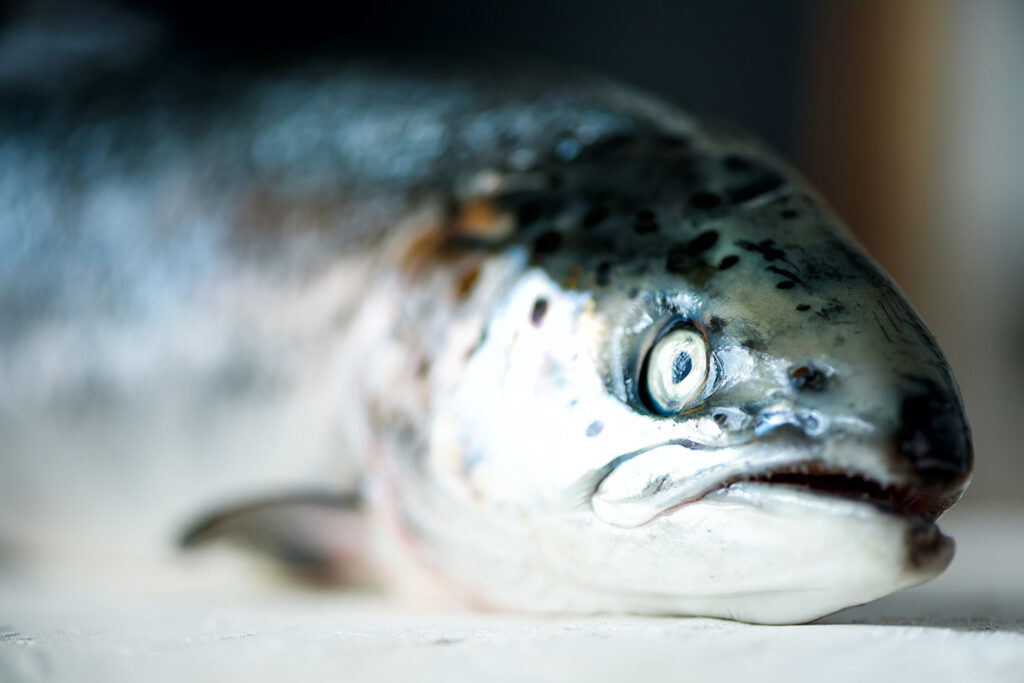
Innovation & Investment
‘Microbiome management’ gives RAS operator a foothold against off-flavor-causing geosmin
RAS operator puts proactive “microbiome management” approach in play to eliminate off-flavors and finds good results in lowering geosmin levels.
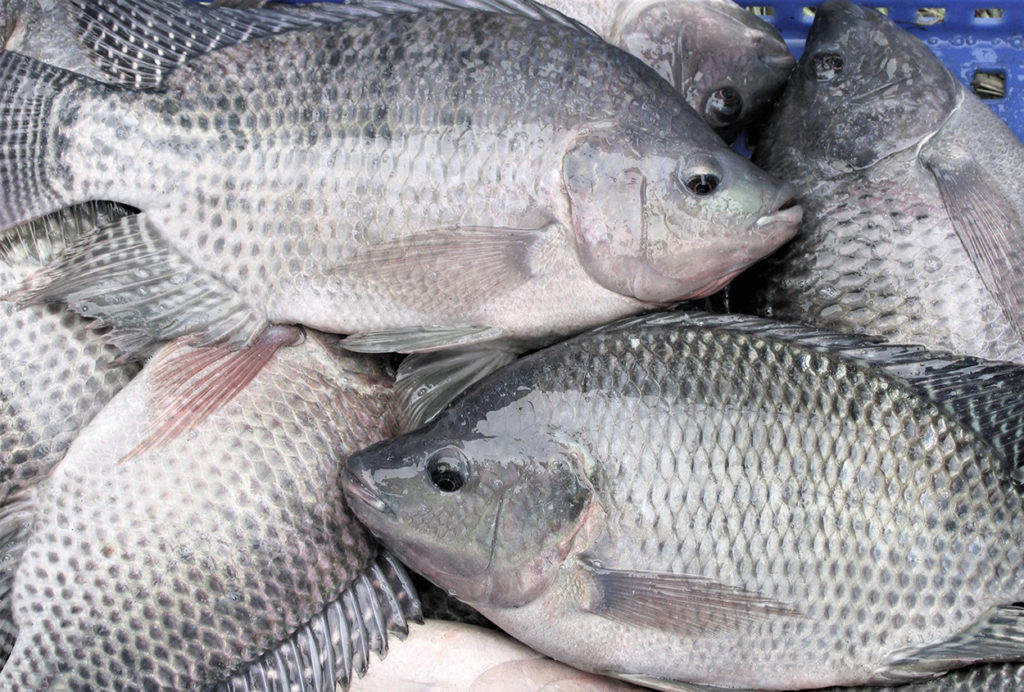
Aquafeeds
Effect of feeding during off-flavor depuration on geosmin excretion by Nile tilapia
Evaluating off-flavor depuration time in Nile tilapia shows it is strongly reduced when farmers adopt a practice of feeding the fish.
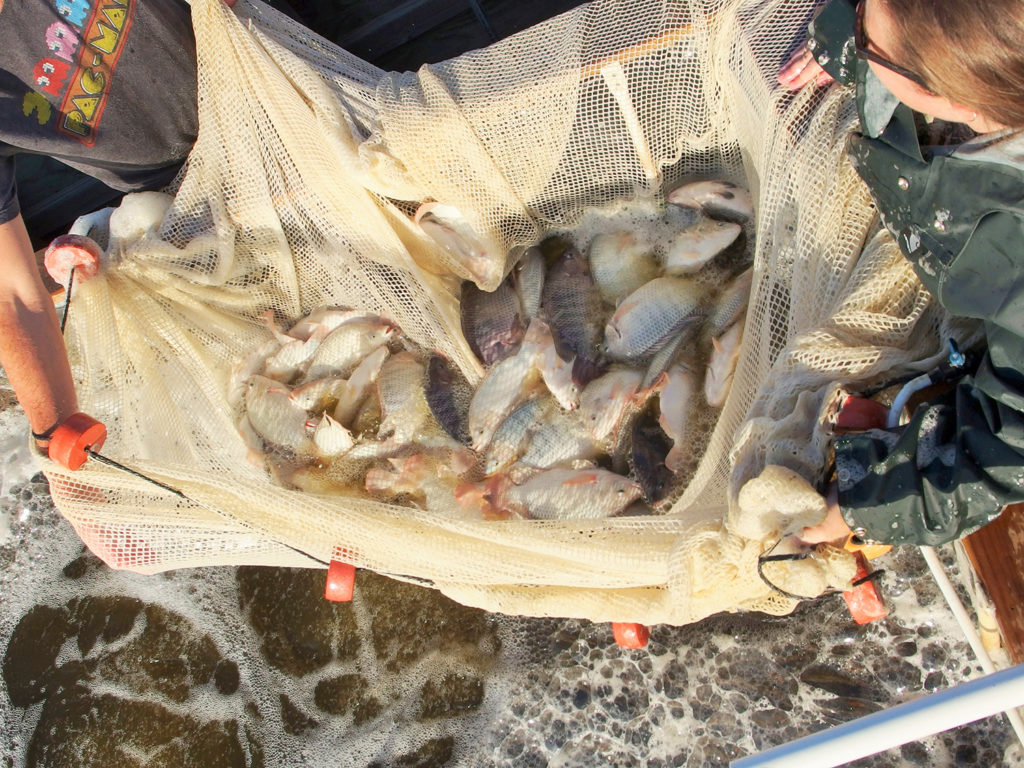
Health & Welfare
Hybrid tilapia culture in an outdoor biofloc production system
This study in an outdoor biofloc technology production system evaluated impacts on fish production indices, common microbial off-flavors and water quality dynamics for hybrid tilapia.
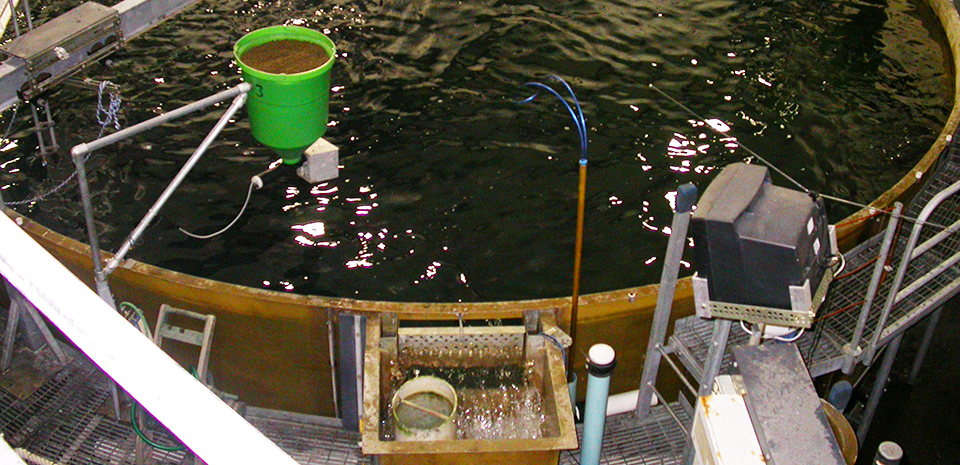
Health & Welfare
Off-flavors in salmonids raised in RAS
The presence of compounds such as geosmin and 2-methylisoborneol (MIB) in recirculating aquaculture systems (RAS) can result in earthy or musty off-flavors in salmonids raised in the systems.



